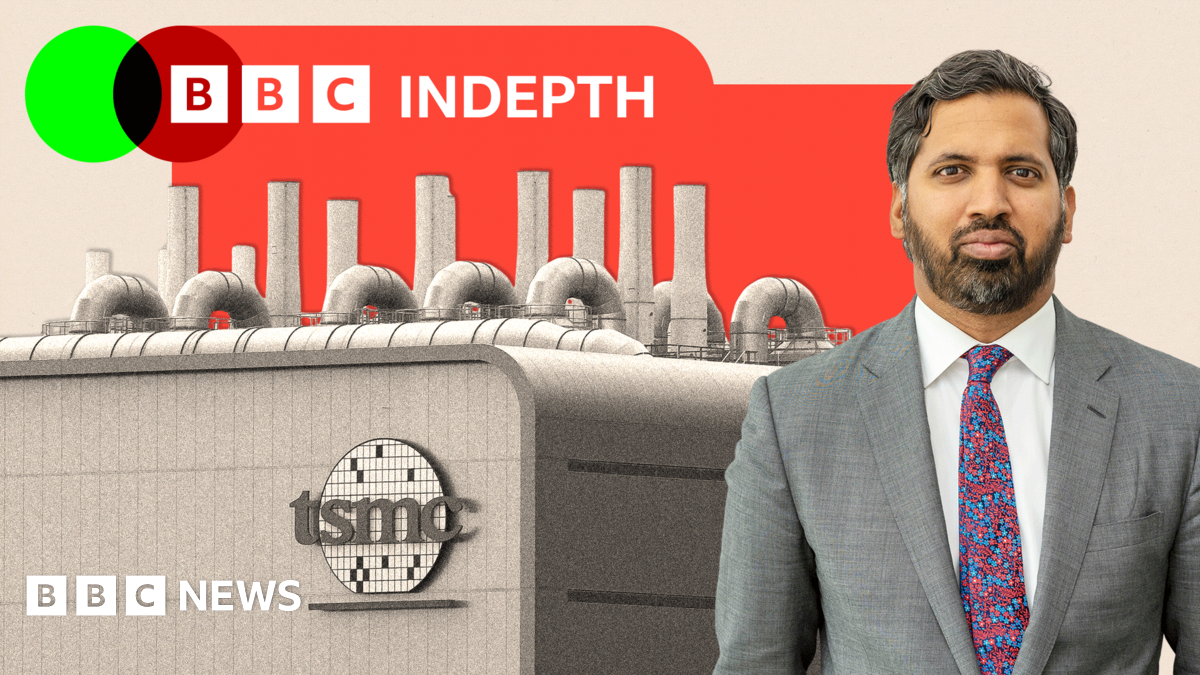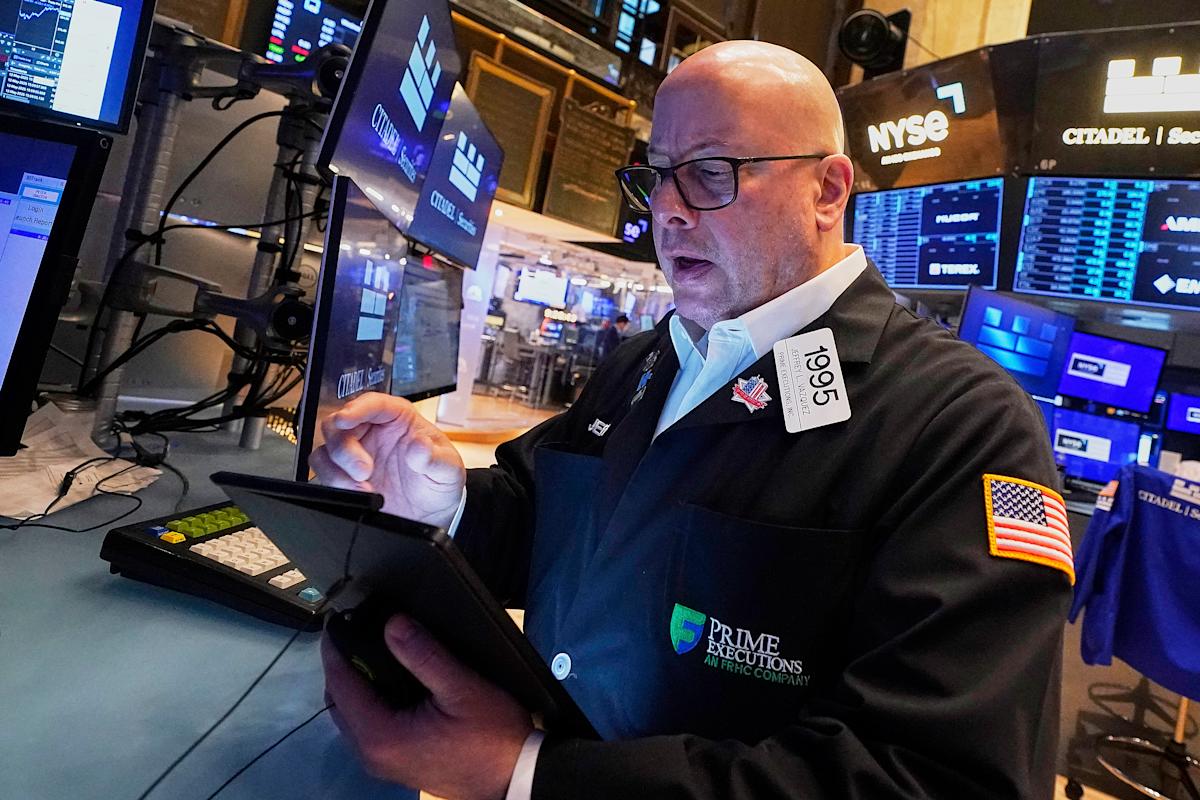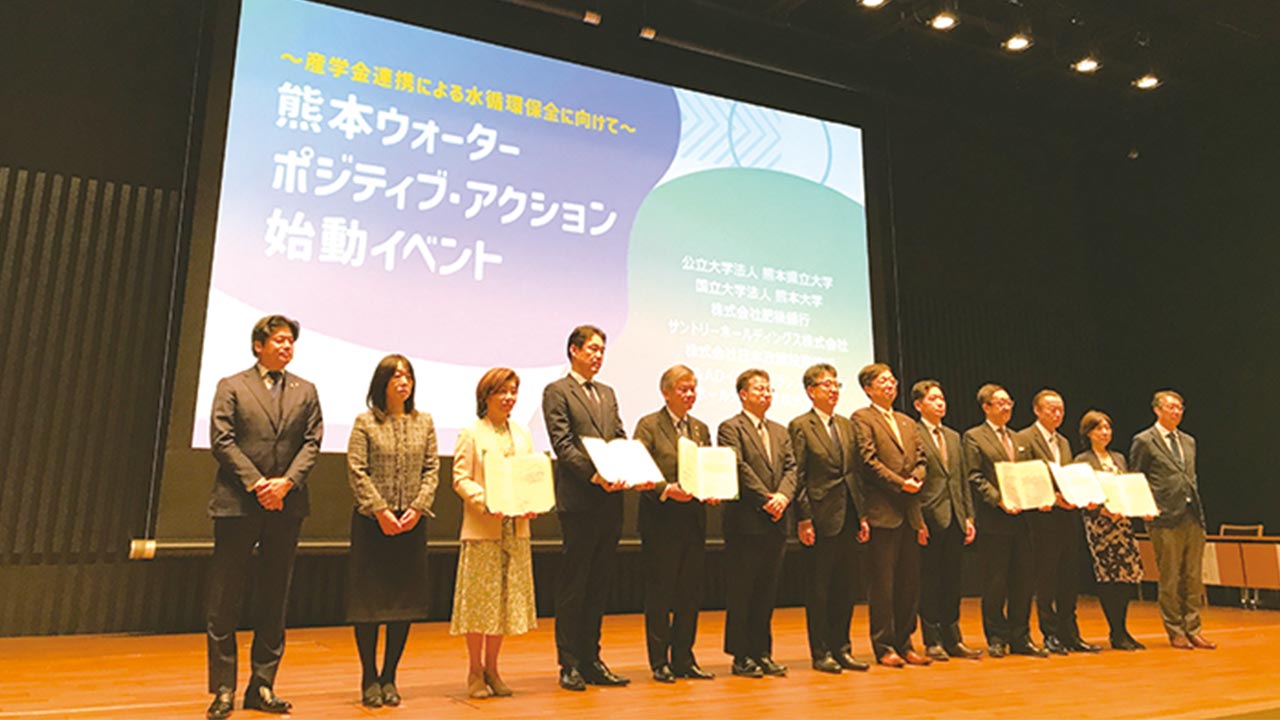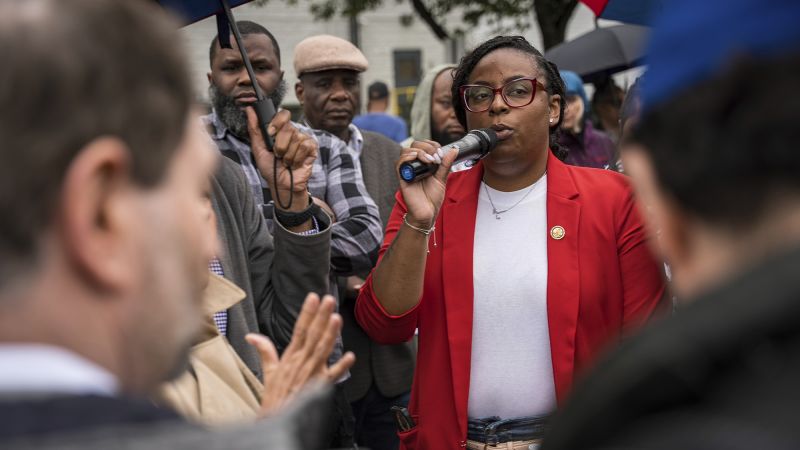Trump's Trade Policies: A Case Study Of The US Factory In Crisis

Welcome to your ultimate source for breaking news, trending updates, and in-depth stories from around the world. Whether it's politics, technology, entertainment, sports, or lifestyle, we bring you real-time updates that keep you informed and ahead of the curve.
Our team works tirelessly to ensure you never miss a moment. From the latest developments in global events to the most talked-about topics on social media, our news platform is designed to deliver accurate and timely information, all in one place.
Stay in the know and join thousands of readers who trust us for reliable, up-to-date content. Explore our expertly curated articles and dive deeper into the stories that matter to you. Visit Best Website now and be part of the conversation. Don't miss out on the headlines that shape our world!
Table of Contents
Trump's Trade Policies: A Case Study of the US Factory in Crisis
Introduction: The presidency of Donald Trump was marked by a significant shift in US trade policy, characterized by aggressive tariffs and a focus on bringing manufacturing jobs back to America. While proponents lauded the approach as a necessary defense against unfair trade practices, critics argued it harmed American businesses and consumers alike. This article examines the impact of Trump's trade policies, specifically focusing on their effect on the struggling US factory sector, presenting a nuanced case study of a sector facing complex challenges far beyond the reach of simple protectionism.
The Promise of Protectionism: Trump's campaign rhetoric centered on reviving American manufacturing, promising to renegotiate unfair trade deals and impose tariffs on goods from countries like China, Mexico, and Canada. The stated goal was to level the playing field for American factories, counter what he termed "unfair trade practices," and ultimately bring back manufacturing jobs lost to globalization. This resonated deeply with many American workers in struggling industrial towns and fueled his populist appeal.
The Reality of Tariffs and Trade Wars: The reality, however, proved more complex. While some sectors initially saw a boost from tariffs, others suffered significantly. The imposition of tariffs on steel and aluminum, for instance, raised production costs for American manufacturers who relied on these imported materials, impacting everything from car production to construction. The retaliatory tariffs imposed by other countries further complicated the situation, leading to trade wars that disrupted global supply chains and harmed American exporters.
A Case Study: The Struggling Auto Industry: The automotive industry provides a compelling case study. While some domestic automakers might have benefited from tariffs on imported vehicles or parts, the increased cost of imported steel and aluminum offset these gains. Moreover, the trade disputes created uncertainty and hindered investment, impacting long-term growth and modernization efforts within the industry. The industry also faces the ongoing challenge of transitioning to electric vehicles, a technological shift that requires significant investment and adaptation, independent of trade policy.
Beyond Tariffs: Deeper Systemic Issues: It’s crucial to understand that the decline of the US factory sector is a multifaceted issue far exceeding the scope of trade policy alone. Automation, technological advancements, and the rise of global supply chains have all contributed to job losses in manufacturing. Focusing solely on tariffs ignores these deeper systemic problems and the need for comprehensive strategies to address them.
The Need for Holistic Solutions: Rebuilding American manufacturing requires a multi-pronged approach. This includes:
- Investing in education and training: Equipping workers with the skills needed for the jobs of the future is paramount.
- Promoting research and development: Fostering innovation and technological advancement is essential for competitiveness in global markets.
- Improving infrastructure: Modernizing infrastructure, including transportation and energy, is vital for boosting efficiency and reducing production costs.
- Strategic trade policy: While tariffs can play a role, a more nuanced approach that focuses on cooperation and addressing specific unfair trade practices is needed.
Conclusion: Trump's trade policies, while aiming to revitalize American manufacturing, presented a complex and ultimately limited solution to a much larger problem. The focus on tariffs, while resonating with a specific segment of the electorate, overshadowed the need for a more holistic and sustainable approach to addressing the challenges facing the US factory sector. The future of American manufacturing depends not solely on protectionist measures, but on a broader strategy encompassing investment in education, infrastructure, and innovation, alongside a more strategic and nuanced approach to international trade. Ignoring these systemic issues will continue to hamper the long-term health and competitiveness of American industry.

Thank you for visiting our website, your trusted source for the latest updates and in-depth coverage on Trump's Trade Policies: A Case Study Of The US Factory In Crisis. We're committed to keeping you informed with timely and accurate information to meet your curiosity and needs.
If you have any questions, suggestions, or feedback, we'd love to hear from you. Your insights are valuable to us and help us improve to serve you better. Feel free to reach out through our contact page.
Don't forget to bookmark our website and check back regularly for the latest headlines and trending topics. See you next time, and thank you for being part of our growing community!
Featured Posts
-
 Moodys Downgrade Unfazed Stock Market Rallies With S And P 500 Leading The Charge
May 21, 2025
Moodys Downgrade Unfazed Stock Market Rallies With S And P 500 Leading The Charge
May 21, 2025 -
 Data Breach Settlement Post Office To Pay Hundreds In Compensation
May 21, 2025
Data Breach Settlement Post Office To Pay Hundreds In Compensation
May 21, 2025 -
 Long Awaited Reunion Parents Embrace Freed Son After Ordeal
May 21, 2025
Long Awaited Reunion Parents Embrace Freed Son After Ordeal
May 21, 2025 -
 Jamie Lee Curtis Shares Update On Her Bond With Lindsay Lohan Following Freaky Friday
May 21, 2025
Jamie Lee Curtis Shares Update On Her Bond With Lindsay Lohan Following Freaky Friday
May 21, 2025 -
 The Emotional Reunion Parents Describe Their Sons Return After Hostage Ordeal
May 21, 2025
The Emotional Reunion Parents Describe Their Sons Return After Hostage Ordeal
May 21, 2025
Latest Posts
-
 Japanese Businesses Boost Corporate Value With Nature Conservation Initiatives 13 Sector Strategies
May 21, 2025
Japanese Businesses Boost Corporate Value With Nature Conservation Initiatives 13 Sector Strategies
May 21, 2025 -
 Congresswoman Charged With Assault Doj Investigates Ice Facility Incident
May 21, 2025
Congresswoman Charged With Assault Doj Investigates Ice Facility Incident
May 21, 2025 -
 Intensifying Manhunt Fourth New Orleans Inmate Captured Da Staff Seeks Safety
May 21, 2025
Intensifying Manhunt Fourth New Orleans Inmate Captured Da Staff Seeks Safety
May 21, 2025 -
 Hundreds Of Victims To Get Compensation Following Post Office Data Breach
May 21, 2025
Hundreds Of Victims To Get Compensation Following Post Office Data Breach
May 21, 2025 -
 Ingenious Or Inept Cats Prison Drug Run Ends In Capture
May 21, 2025
Ingenious Or Inept Cats Prison Drug Run Ends In Capture
May 21, 2025
